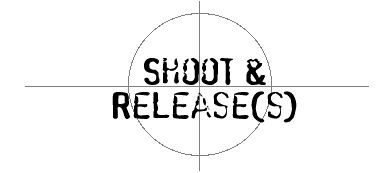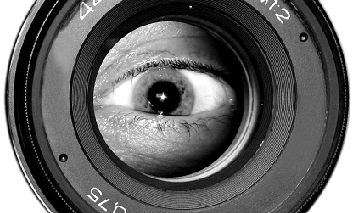
At most of the presentations I give, I get an inquiry or two about the use of photographs in ads or marketing pieces. The question: When do you need to get a release to be able to use the pictures? Generally, to analyze a situation like this, I divide the issues into four categories: people, things, advertising, and news.
People
Here is the gist: If the person in the picture is recognizable, and will still be breathing when the ad is published, get a release. If they are famous - an actor, a sports figure or a governmental suit of some fame or infamy - without a doubt get a release.
Famous people have the right to profit from their likeness being plastered on the pages of magazines, television screens, and the city's vertical surfaces. Non-famous people have an equal right to say no to such infamy. Be warned, lest you find Tom Cruise, Bruce Willis, or the entire cast of The Sopranos beating down your lawyer's door, as they all have done recently to poor schmucks who did not listen to advice like this.
A Photographer should get releases from models in photos that will be used in the shooter's own book. Though a portfolio is not technically the same thing as an ad, it is used to promote oneself, and quite honestly, it is simply better to be safe than very, very sorry.
As with everything, there is a grey area here.
If the picture in question is focused more on a place than the people in it, and said people are less than recognizable en masse, a release is probably not necessary. However, if you happen to be shooting a large space, like a mall rotunda or a train station, and there are only one or two souls in the picture, then get a release.
 Things
Things
Some things to remember: Buildings, no matter what their publicists say, do not have a right to privacy. Generally, if you are in a place legally, a release is not necessary. If, however, the building or site is protected by trademark
registration, or if the shot happens to contain a product owned by a company that is sensitive to its wares being photographed without consent, then get a release. The same goes for any visible artwork that is copyrighted, and for
personal property that could be recognizable to the individual who owns it.
Advertising
Because you or your client are making a profit from photographs used in advertising or marketing, a release is usually unnecessary. Just look at the rules above about people and things, and then make your best judgment.
News
News is a little different. For a news photo, releases are not usually necessary, but this type of photo is limited to shots used in newspapers, magazines, and on the 5 o'clock news. The "news" rule can, however, be extended somewhat to cover in-house publications when the event is newsworthy for a company or industry. But, do not stretch it. In the same vein, I would not recommend using photographs of easily recognizable people in corporate annual reports without releases.
Think of the wisdom of releases this way:
A reckless photographer named Cleese
Took pictures without a release.
Sold 'em for money
And thought it was funny
Till he got busted by local police.
© September 2003 Jon Lee Andersen
|
|



